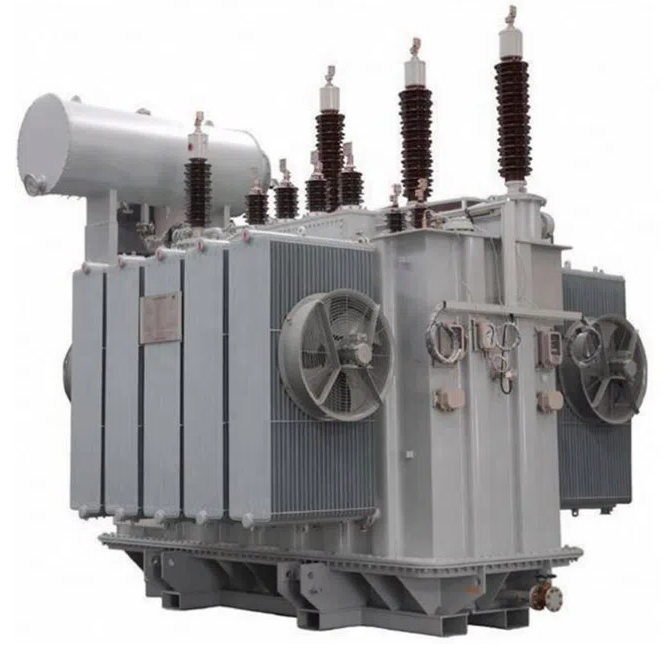Power transformer sizing standards according to IEEE (Institute of Electrical and Electronics Engineers) and IEC (International Electrotechnical Commission) differ in certain key aspects. Here's a breakdown of the major differences between the two:
1. Transformer Rating and Loading
IEEE standards, particularly IEEE C57.12.00, typically provide guidelines for transformer ratings based on ambient temperature and loading conditions in North America. IEEE assumes an average ambient temperature of 30°C and a maximum of 40°C. Transformers are often designed to handle continuous loading at full capacity with occasional short overloads.
IEC 60076 is the equivalent standard, and it assumes a slightly different ambient temperature, with 20°C being the average and 40°C being the maximum. The IEC standards usually recommend a continuous loading capacity for transformers but allow for higher peak loading and thermal capabilities.
2. Cooling Methods and Overload Capability
IEEE standards classify cooling methods into types like ONAN, ONAF, OFAF, and OFWF. Overload capability is addressed in IEEE C57.91, which provides guidelines on how transformers can be overloaded safely based on the insulation system and operating conditions. The loading capability can be higher, assuming certain cooling techniques.
IEC 60076 also has similar classifications (e.g., ONAN, ONAF, OFAF, etc.), but IEC standards tend to be slightly more conservative in terms of overload recommendations compared to IEEE. IEC standards provide more flexibility regarding overload conditions but emphasize the long-term thermal performance of the insulation.
3. Voltage Ratings and Tolerances
Voltage ratings in IEEE standards (e.g., IEEE C57.12.01) follow typical North American practices, often using kV ratings that align with the ANSI standard voltage levels. Voltage tolerances and regulation characteristics are generally stricter in IEEE.
IEC voltage ratings are based on international voltage standards and practices. IEC typically uses a wider range of rated voltages with less strict tolerances, considering different global electrical systems.
4. Short-Circuit Withstand Capability
IEEE specifies short-circuit withstand requirements in C57.12.00 and related standards. The short-circuit current ratings are based on system fault levels and transformer impedance. IEEE focuses on ensuring that transformers can withstand the thermal and mechanical stresses of short circuits.
IEC 60076-5 provides guidelines on short-circuit withstand requirements, and while the general principles are the same, IEC tends to be slightly more conservative in terms of permissible short-circuit stresses, especially in terms of mechanical endurance.
5. Temperature Rise and Insulation Classes
IEEE C57 standards define specific temperature rise limits for transformers, typically 65°C or 55°C, depending on the type of insulation system (typically using mineral oil and cellulose paper). The insulation system is designed to withstand the operating temperature and loading conditions specified in IEEE.
IEC 60076 specifies similar temperature rise limits but sometimes provides a broader classification for insulation classes and thermal limits. The insulation and temperature rise requirements are more focused on long-term reliability.
6. Testing Procedures
Testing requirements for power transformers are outlined in IEEE C57.12.90, which includes tests for dielectric, temperature rise, lightning impulse, and more. These tests are typically more prescriptive in terms of pass/fail criteria.
IEC 60076-1 provides similar testing requirements but may have differences in test procedures, particularly around dielectric testing and temperature rise tests. The IEC tests are more aligned with global standards and may have slight variations in parameters like insulation levels.
7. Loss Evaluation and Efficiency
IEEE standards emphasize the importance of transformer efficiency and specify different load loss and no-load loss tests. Efficiency is typically calculated based on North American grid characteristics, and specific weighting factors are used for losses during various load conditions.
IEC standards for transformer efficiency are specified in IEC 60076-20, with a strong emphasis on minimizing both load and no-load losses. IEC tends to prioritize higher efficiency for transformers, particularly for European markets, where energy efficiency regulations are stricter.
Summary
IEEE standards are more tailored to North American practices, with a stronger emphasis on stricter tolerances and higher overload capabilities. IEC standards are more widely applicable to international markets, with a focus on long-term reliability, flexibility in overload, and thermal performance.
The choice between IEEE and IEC depends on geographic location, specific project requirements, and local regulatory compliance. Both standards aim to ensure transformer reliability, efficiency, and safety, but their approaches to sizing differ due to historical and regional considerations.
